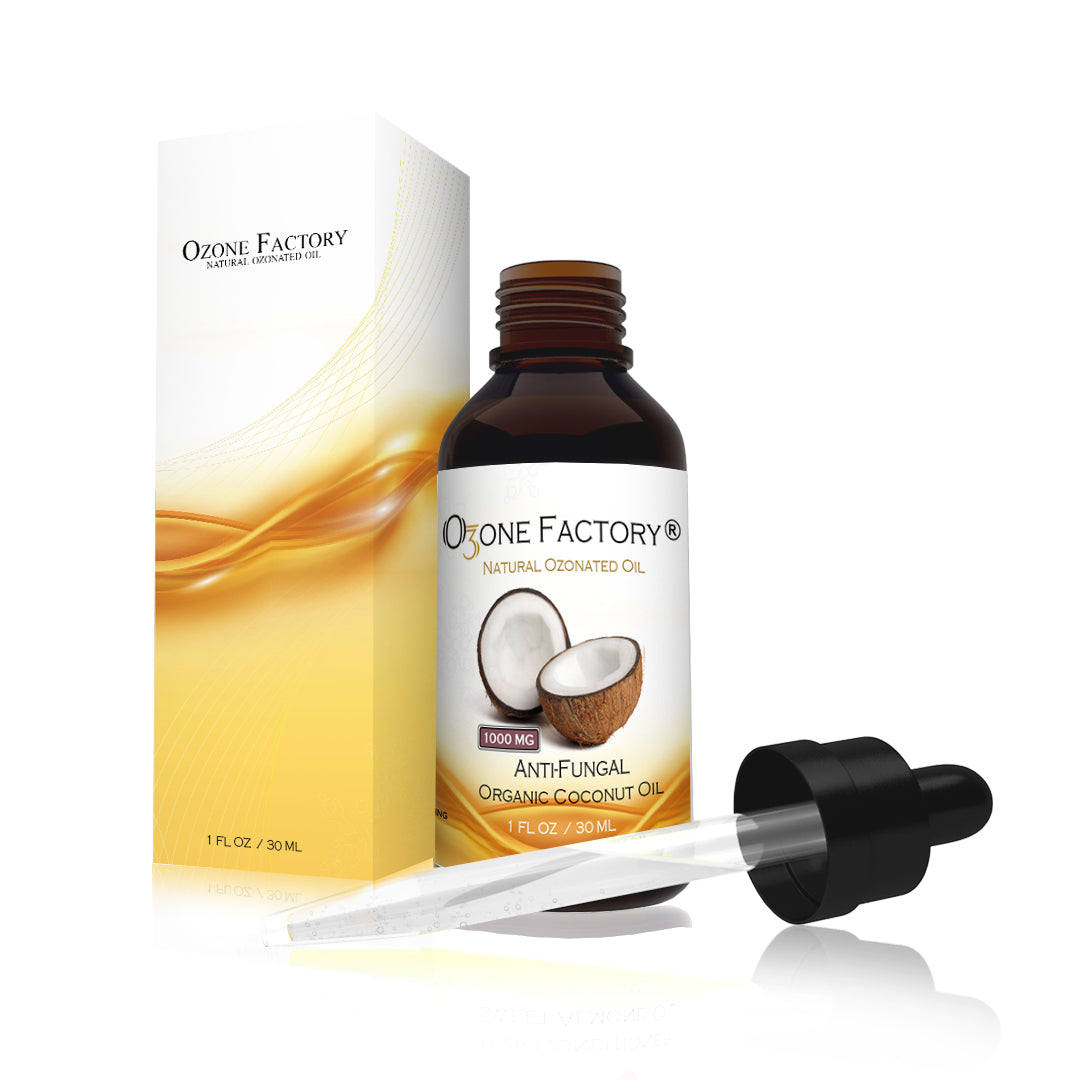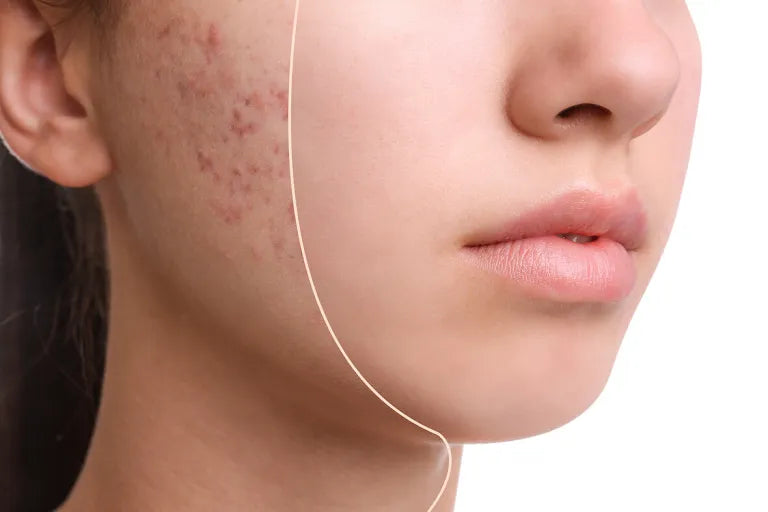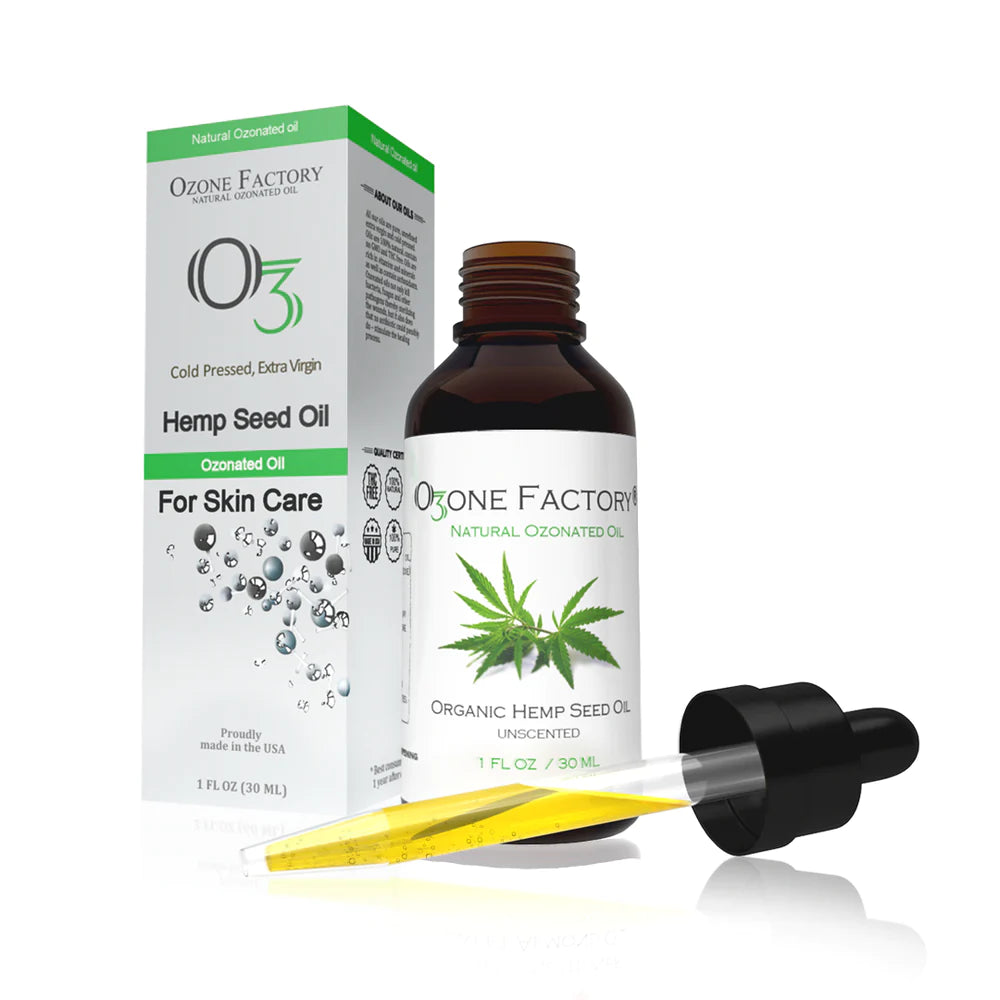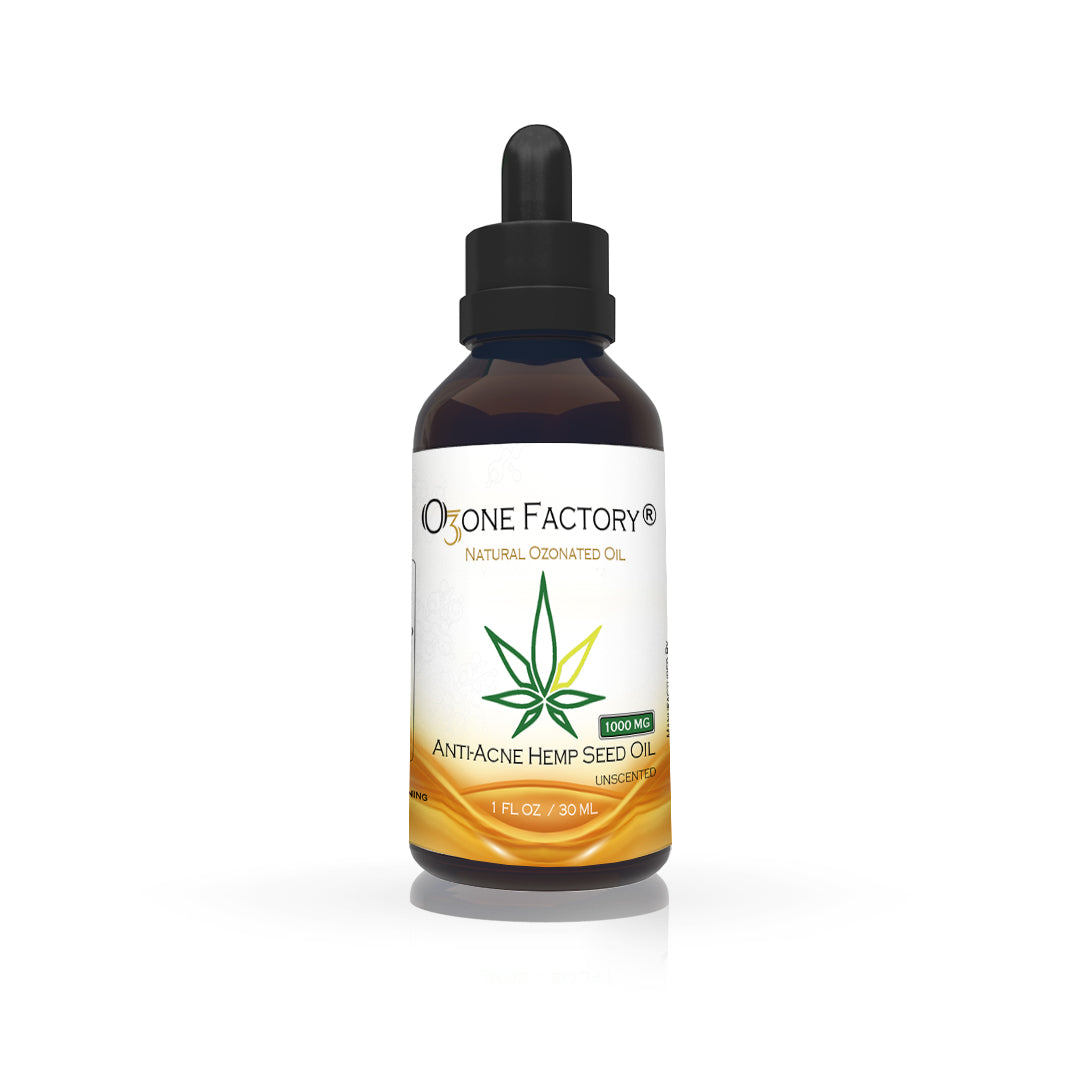
Shingles, also known as herpes zoster, is a viral infection caused by the reactivation of the varicella-zoster virus, the same virus that causes chickenpox. This condition is characterized by a painful rash that typically appears as a band or patch on one side of the body. While antiviral medications are commonly prescribed to manage shingles, there is growing interest in complementary therapies such as ozonated oils. Ozonated oils, infused with ozone gas, have gained attention for their potential benefits in skin health and wound healing. This article explores the use of ozonated oils in managing shingles and their potential effectiveness.
The Varicella-Zoster Virus and Shingles
The varicella-zoster virus (VZV) remains dormant in nerve cells after a person recovers from chickenpox. When the virus reactivates, it travels along nerve pathways to the skin, causing the characteristic rash and pain associated with shingles. The immune system's response to the reactivation of VZV leads to inflammation and the development of blisters.

Symptoms of shingles
Shingles manifests as a rash on a single side of the body, frequently impacting the torso. Individuals with shingles might undergo the following symptoms:
- A rash that is both painful and red
- Heightened sensitivity of the skin
- Sensations of burning, tingling, or numbness
- Itching
- Formation of blisters that subsequently rupture and develop crusts
Further symptoms that might arise include:
- Sensitivity to light
- Development of fever
- Feelings of fatigue
- Occurrence of headaches

Potential Benefits of Ozonated Oils in Shingles Management
-
Antimicrobial Properties: Ozonated oils have demonstrated antimicrobial activity against a wide range of microorganisms, including bacteria, viruses, and fungi. While research specifically focused on their effect on the varicella-zoster virus is limited, their broad-spectrum antimicrobial properties could potentially aid in preventing secondary infections that might arise from open shingles blisters.
-
Anti-Inflammatory Effects: Inflammation plays a significant role in the pain and discomfort associated with shingles. Ozonated oils are believed to have anti-inflammatory effects that could help alleviate these symptoms and promote the healing process.
-
Wound Healing: Ozonated oils have been shown to enhance wound healing by increasing oxygen supply to the area, which promotes tissue regeneration and repair. This property could potentially aid in the recovery of shingles-affected skin and reduce scarring.
- Analgesic Effects: The pain associated with shingles can be intense and long-lasting. Some proponents of ozonated oils suggest that their application may provide natural pain relief.

Application and Safety
If considering the use of ozonated oils for shingles, it is crucial to consult a healthcare professional before beginning any alternative treatment. Ozonated oils should be applied topically and in accordance with the manufacturer's instructions. It's also important to perform a patch test on a small area of skin to check for any adverse reactions.
Conclusion
Ozonated oils have garnered attention as a potential natural remedy for shingles due to their antimicrobial, anti-inflammatory, and tissue-regenerative properties. As with any alternative therapy, it's important to consult a healthcare provider before incorporating ozonated oils into a shingles treatment plan. As research in this field advances, ozonated oils may emerge as a complementary option for managing shingles symptoms and supporting the healing process.






